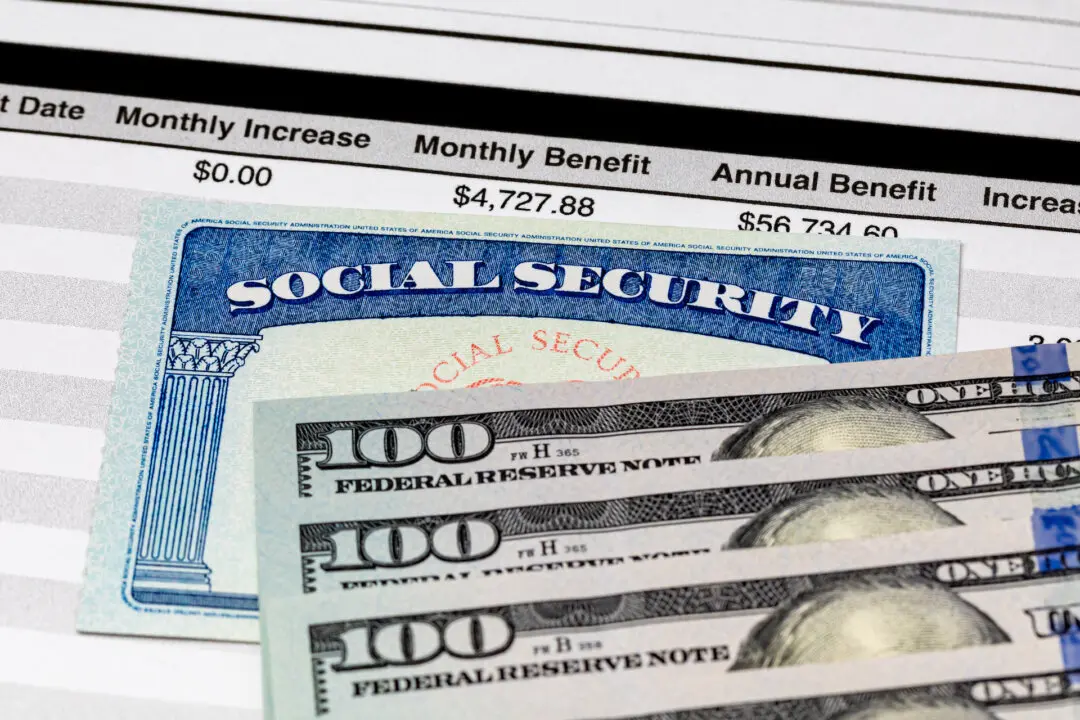Women who have a smaller Social Security benefit than their husbands have frequently asked me if they can take their own reduced retirement benefits at 62 and then, at full retirement age, switch to a full spousal benefit from their husbands.
The answer is almost always no. But that’s assuming the husband is already getting his own Social Security at the time the wife reaches age 62. In that scenario, Social Security’s “deemed filing rule” says a wife must file for both her own benefits and any spousal benefits she might be due at the same time.






